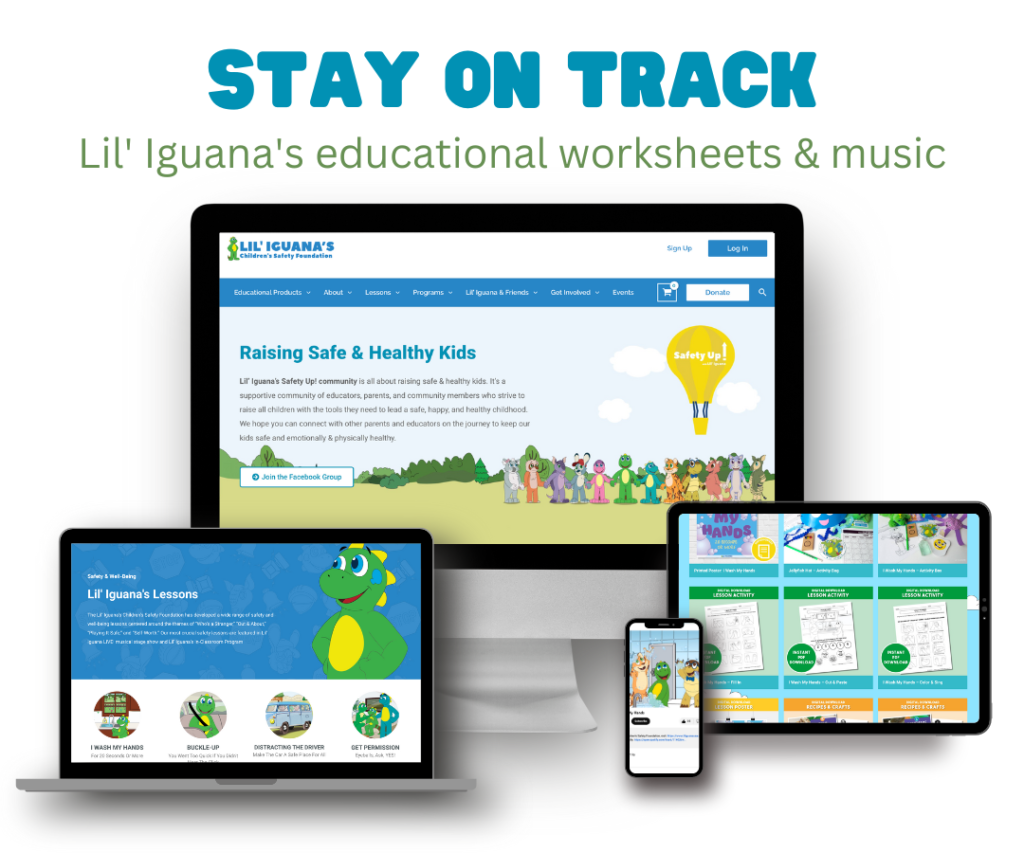School should be a place where children feel safe, supported, and ready to learn. However, bullying remains a concerning issue that can negatively impact a child’s educational experience and overall well-being. As parents, teachers, and community members, it’s our responsibility to actively engage in bullying prevention efforts. In this blog post, we’ll explore the importance of bullying prevention, how to recognize the signs, and strategies for keeping kids safe at school.
Bullying is intentional. It involves deliberate and repeated acts of aggression, harassment, or intimidation directed towards a person who may have difficulty defending themselves. It can take various forms such as, verbal (name-calling, teasing), physical (hitting, pushing), relational (spreading rumors, exclusion), or cyberbullying (online harassment). Bullying can lead to emotional distress, anxiety, depression, and low self-esteem in victims. It can have lasting psychological and emotional effects, impacting a person’s mental health well into adulthood. Bullying prevention is vital because it protects the emotional and psychological well-being of children, fostering a safe and inclusive environment for all. Lil’ Iguana believe “A Safe & Happy Childhood Lasts a Lifetime!”®
Empower your child with effective bullying prevention strategies for a safe and supportive environment:
- Open Communication: Encourage children to talk openly about their experiences and feelings. Create a safe space for them to share their concerns.
- Teach Empathy: Foster empathy by teaching children to understand and respect others’ feelings and perspectives. Encourage kindness and inclusivity.
- Set Clear Expectations: Establish clear rules and expectations for behavior at home and in school. Teach children the difference between right and wrong.
- Cyberbullying Awareness: Educate children about the dangers of cyberbullying and the importance of responsible online behavior.
- Report and Intervene: Teach children to report bullying to a trusted adult. Schools should have effective reporting mechanisms and intervention strategies in place.
- Create a Supportive Environment: Promote a school culture of respect, empathy, and inclusion. Encourage students to stand up against bullying and support victims.
- Involve the Community: Bullying prevention is a collective effort. Engage parents, teachers, administrators, and community members in awareness campaigns and programs.
- Anti-Bullying Policies: Advocate for comprehensive anti-bullying policies in schools, ensuring that they address prevention, reporting, and consequences for bullies.
To prevent bullying, it's crucial to recognize the signs that a child may be experiencing it. Signs may include:
- Unexplained injuries or damaged belongings.
- Withdrawal from friends and social activities.
- A drop in academic performance.
- Changes in eating or sleeping habits.
- Frequent complaints of headaches or stomachaches.
- Decreased self-esteem or self-confidence.
Bullying prevention is a shared responsibility that requires the active involvement of parents, educators, and communities. By recognizing the signs of bullying, promoting open communication, and fostering empathy, we can create a safe and inclusive environment where children thrive. Together, we can make schools places of learning, growth, and emotional well-being, where every child feels valued and protected.
Printable Activity
Tag @LiliguanaSafety on socials and hashtag it #liliguanafun
Get Helpful Resources:
-
Good Friend: Activity Box
Select options This product has multiple variants. The options may be chosen on the product page



